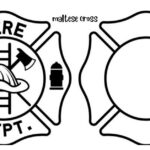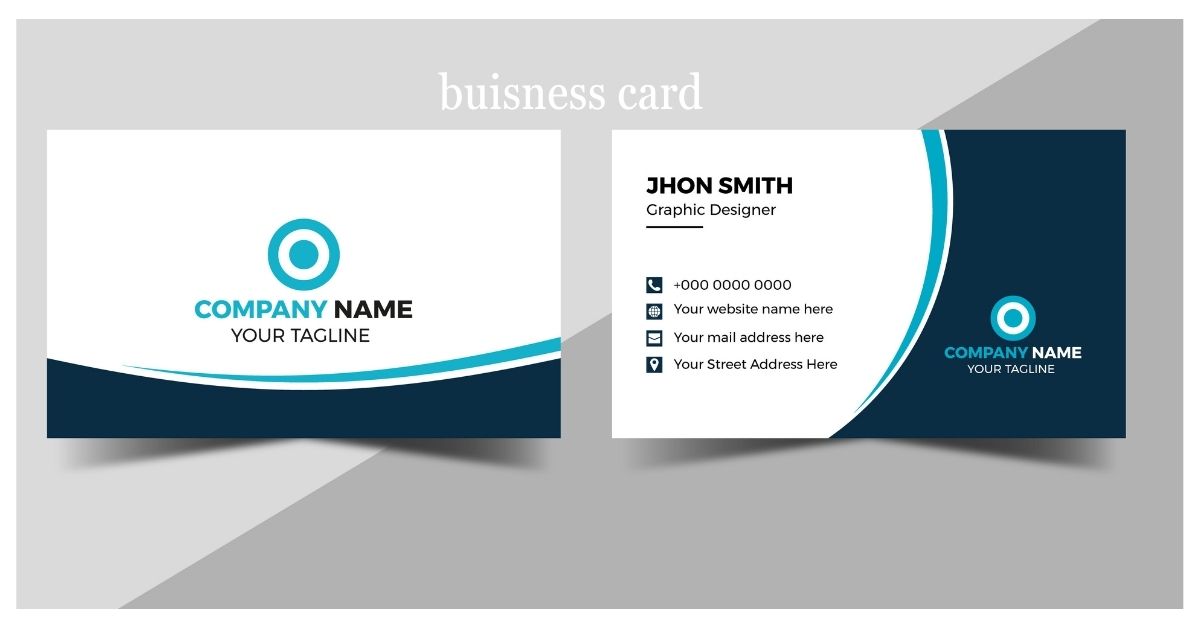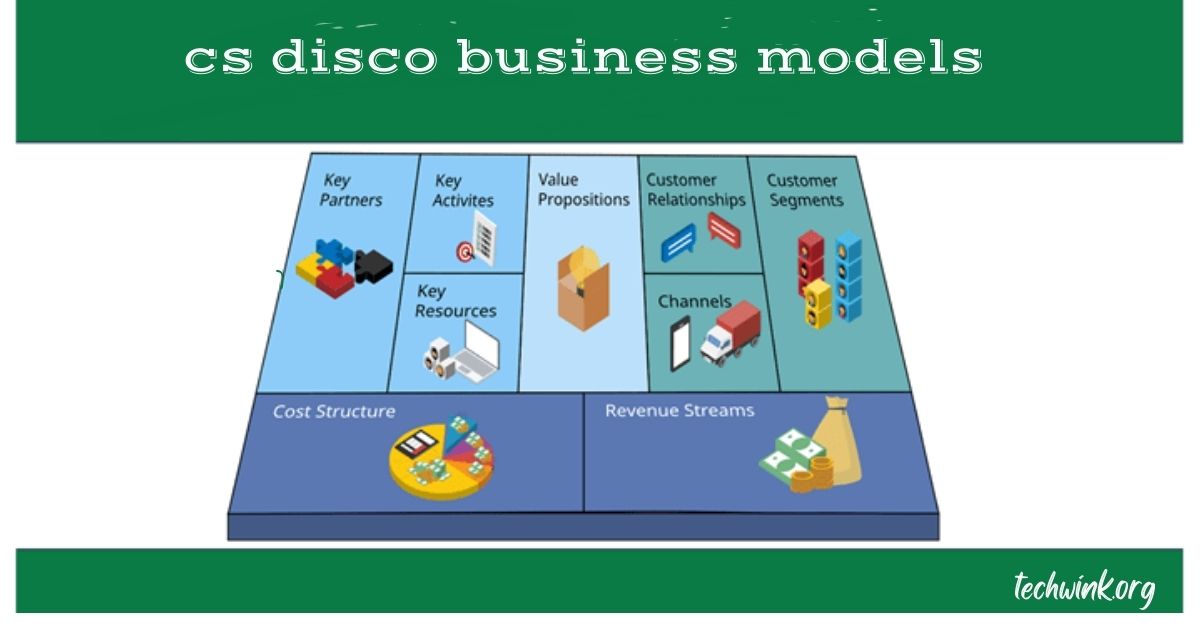In today’s digital age, the business card remains an enduring and impactful tool for professional networking. Despite the rise of digital communication and online networking, the physical business card continues to be a vital element in establishing and maintaining professional relationships. This article delves into the significance of business cards, their design essentials, and best practices to maximize their effectiveness.
Introduction to Business Cards
In today’s digital age, business cards serve as a tangible representation of an individual or company. They offer essential contact information and often leave a lasting impression on potential clients, partners, or collaborators. A well-designed business card can effectively convey professionalism and enhance the likelihood of follow-up interactions.
Why Business Cards Matter
Tangibility and Personal Touch
In an increasingly digital world, a business card provides a personal touch that digital methods lack. Handing someone a business card creates a physical connection that can be more memorable than an email or LinkedIn profile. The tactile experience of handling a card can reinforce the credibility and professionalism of the person or company it represents.
Immediate Information Access
Business cards offer immediate access to key contact information. Instead of searching through a smartphone or computer, a business card places crucial details right at the recipient’s fingertips. This convenience can be particularly advantageous in fast-paced networking situations.
Brand Representation
A business card reflects the brand identity of an individual or organization. Through design elements such as color schemes, logos, and typography, a business card can effectively communicate the brand’s values, style, and professionalism. For instance, a sleek and modern design may convey innovation and sophistication, while a classic design might emphasize tradition and reliability.
Essential Elements of a Business Card
Contact Information
At a minimum, a business card should include essential contact information such as the name, job title, phone number, email address, and company website. Providing multiple contact methods ensures that recipients can reach out through their preferred channel. Including a physical address can also be beneficial for businesses with a physical location.
Logo and Branding
Incorporating a company logo and consistent branding elements is crucial for reinforcing brand identity. The logo should be prominently displayed and aligned with the overall design of the card. Consistent use of brand colors and fonts further strengthens brand recognition and creates a cohesive look.
Design and Layout
Effective design and layout are key to a successful business card. The design should be visually appealing while maintaining readability. Adequate white space helps avoid clutter, making the information easy to digest. Additionally, using high-quality materials and printing techniques enhances the card’s physical appearance and durability.
Design Tips for a Professional Business Card
Choose the Right Size and Shape
While the standard business card size is 3.5 x 2 inches, opting for a unique shape or size can make your card stand out. Non-standard shapes, such as square or vertical cards, can create a memorable impression. However, it’s important to ensure that the card remains practical for storage in wallets or business card holders.
Utilize Color Wisely
Color plays a significant role in business card design. Choose colors that align with your brand and convey the desired message. For example, vibrant colors may evoke energy and creativity, while muted tones can suggest professionalism and reliability. Be mindful of color contrasts to ensure text readability.
Incorporate High-Quality Images
Including high-quality images or graphics can enhance the visual appeal of a business card. If you use images, ensure they are relevant and high-resolution to avoid pixelation. A well-chosen image can reinforce your brand message and create a more engaging design.
Include a Call to Action
Adding a call to action (CTA) can encourage recipients to take the next step. Whether it’s visiting your website, scheduling a consultation, or following your social media profiles, a CTA provides a clear direction for further engagement. Make sure the CTA is concise and compelling.
Best Practices for Using Business Cards
Distribute Strategically
Distribute business cards strategically to maximize their impact. Hand them out at networking events, conferences, and meetings where they are most relevant. Consider placing them in locations frequented by your target audience, such as industry-specific trade shows or local business centers.
Keep Cards Updated
Regularly update your business cards to reflect any changes in contact information, job titles, or company details. Outdated cards can lead to missed opportunities and create a negative impression. Ensure that you have an adequate supply of updated cards on hand.
Follow Up
After distributing business cards, follow up with recipients to reinforce the connection. Send a personalized email or connect on LinkedIn to build on the initial interaction. A follow-up can solidify the relationship and increase the chances of future collaboration.
Use Business Cards Digitally
Consider leveraging digital business cards or adding a QR code to your physical cards. Digital business cards offer an eco-friendly alternative and can be easily updated. QR codes can link to your online profile, portfolio, or website, providing additional information and convenience.
Examples of Effective Business Cards
Minimalist Design
A minimalist business card design emphasizes simplicity and elegance. Using a clean layout, limited colors, and ample white space, this design approach conveys professionalism and sophistication. An example might be a card with a small logo, name, and contact information centered on a white background.
Creative and Bold
For creative professionals or companies, a bold and unique business card design can make a strong impression. This could include unconventional shapes, bright colors, and striking graphics. For instance, a graphic designer might use a card shaped like a palette or incorporate vibrant patterns.
Eco-Friendly Materials
Eco-friendly business cards appeal to environmentally conscious clients. Made from recycled materials or sustainable sources, these cards can demonstrate a commitment to sustainability. An example might be a card made from bamboo or recycled paper, featuring a simple design with green-themed colors.
Conclusion
In conclusion, business cards remain a vital tool in professional networking, offering a personal touch and immediate access to contact information. By focusing on design elements such as contact details, branding, and layout, individuals and businesses can create impactful cards that leave a lasting impression. Adhering to best practices for distribution, updating, and follow-up further enhances the effectiveness of business cards. As a classic yet versatile networking tool, business cards continue to play a significant role in establishing and nurturing professional relationships in the digital age.
FAQ’s
What is a business card?
A business card is a small, typically rectangular card that includes essential contact information about an individual or business. It usually contains details such as the person’s name, job title, phone number, email address, company name, and website. Business cards are used for networking and making professional connections.
How important is the design of a business card?
Design is crucial as it reflects your brand identity and leaves a first impression. A well-designed business card should be visually appealing, align with your brand, and be easy to read. The design elements include color, typography, layout, and the quality of materials used.
Can I use business cards for digital networking?
Yes, business cards can be adapted for digital use. You can include QR codes on physical cards that link to your digital profiles or online portfolios. Additionally, digital business cards can be shared via email or messaging apps, offering an eco-friendly alternative to traditional cards.
How often should I update my business cards?
You should update your business cards whenever there are changes to your contact information, job title, company details, or branding elements. Regular updates ensure that your cards remain accurate and relevant, preventing missed opportunities or confusion.
What are some best practices for distributing business cards?
Distribute business cards strategically at networking events, conferences, and meetings. Ensure you hand them out to individuals who are likely to find value in your contact information. Additionally, keep your cards organized and ensure they are in good condition before distribution.









